Saint of the Day – 20 January – St Pope Fabian (c 200 – c 250) Martyr, Peacemaker, Evangeliser, Confessor, Administrator and Reformer, Apostle of Charity – the Bishop of Rome from 10 January 236 to his death in 250, succeeding Anterus. He is famous for the miraculous nature of his election, in which a dove is said to have descended on his head to mark him as the Holy Spirit’s unexpected choice to become the next pope. He was succeeded by Cornelius.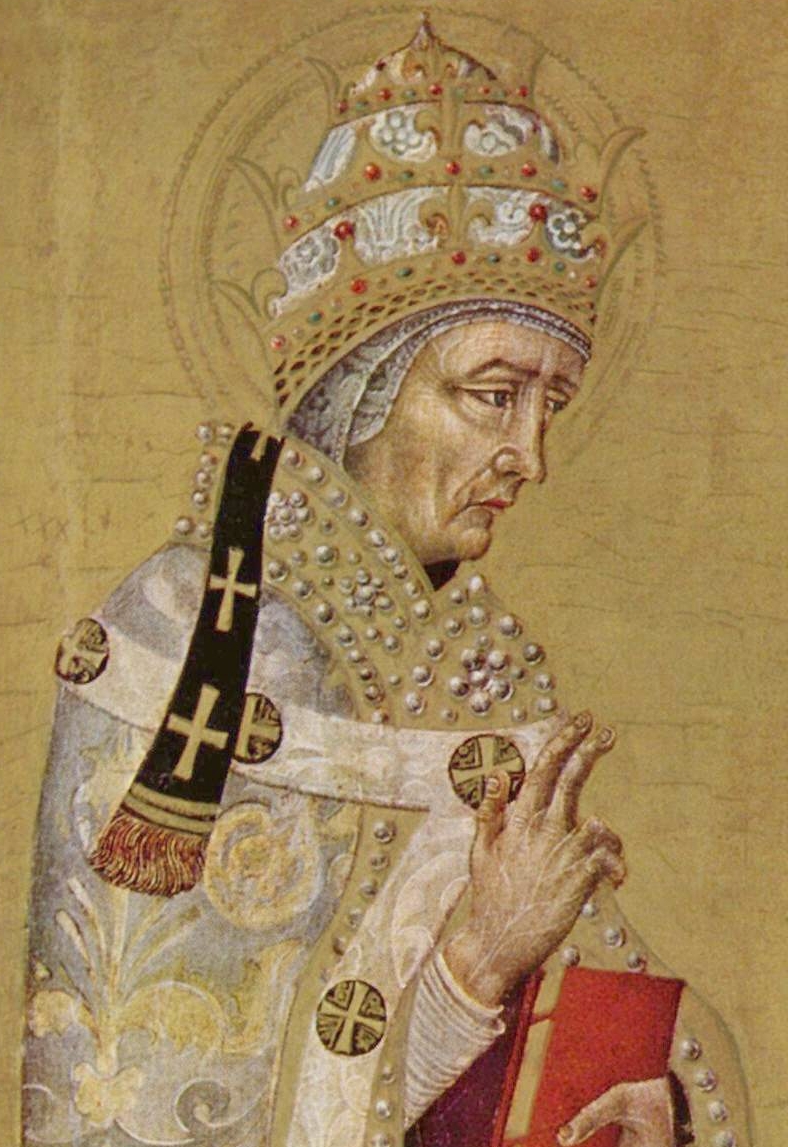
According to the Liber Pontificalis, Fabian was a noble Roman by birth and his father’s name was Fabius. Nothing more is known about his background. The legend concerning the circumstances of his election is preserved by the fourth-century writer Eusebius of Caesarea (Church History, VI. 29).
After the short reign of Pope Anterus, Fabian had come to Rome from the countryside when the new papal election began. “Although present,” says Eusebius, Fabian “was in the mind of none.” While the names of several illustrious and noble churchmen were being considered over the course of thirteen days, a dove suddenly descended upon the head of Fabian. To the assembled electors, this strange sight recalled the gospel scene of the descent of the Holy Spirit on Jesus at the time of his baptism by John the Baptist. The congregation took this as a sign that he was marked out for this dignity and Fabian was at once proclaimed bishop by acclamation.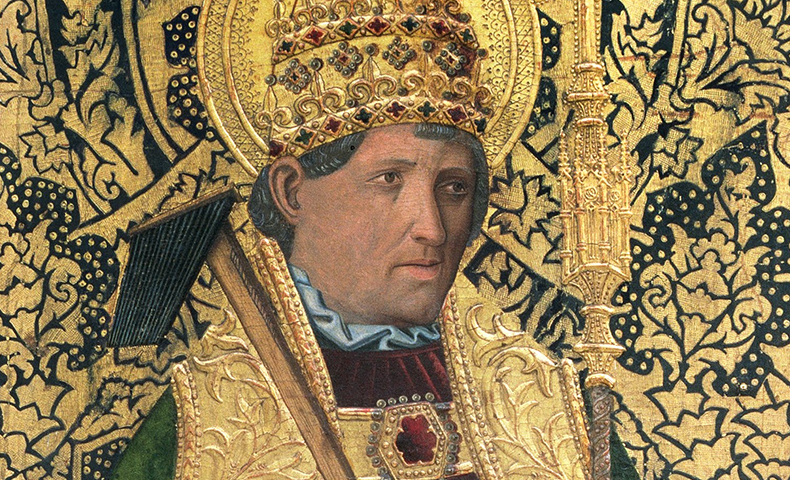
During Fabian’s reign of 14 years, there was a lull in the storm of persecution which had resulted in the exile of both Anterus’ predecessor Pontian and the antipope (and later saint) Hippolytus. Fabian had enough influence at court to effect the return of the bodies of both of these martyrs from Sardinia, where they had died at hard labour in the mines. The report that he baptised the emperor Philip the Arab and his son, however, is probably a legend, although he did seem to enjoy some connections at court, since the bodies of Pontian and Hippolytus could not have been exhumed without the emperor’s approval.
According to the sixth-century historian Gregory of Tours, Fabian sent out the “apostles to the Gauls” to Christianise Gaul in A.D. 245. Fabian sent seven bishops from Rome to Gaul to preach the Gospel. He also condemned Privatus, the originator of a new heresy in Africa.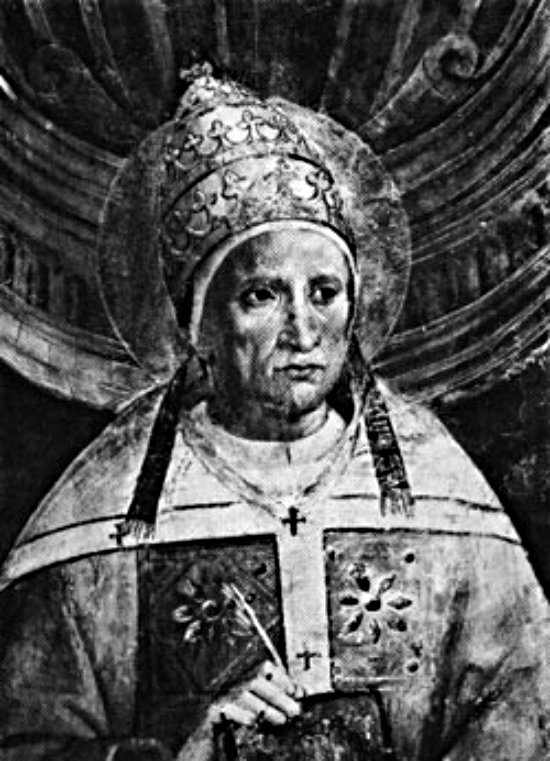
The Liber Pontificalis says that Fabian divided the Christian communities of Rome into seven districts, each supervised by a deacon. Eusebius (VI §43) adds that he appointed seven subdeacons to help collect the acta of the martyrs—the reports of the court proceedings on the occasion of their trials. There is also a tradition that he instituted the four minor clerical orders – porter, lector, exorcist and acolyte.
His deeds are thus described in the Liber Pontificalis:
“He divided the regiones into deaconships and made seven sub-deaconships which seven secretaries oversaw, so that they brought together the deeds of the martyrs faithfully made whole and he brought forth many works in the cemeteries.”
The Liberian Catalogue of the popes also reports that Fabian initiated considerable work on the catacombs, where honoured Christians were buried and where he also caused the body of Pope Pontian to be entombed at the catacomb of Saint Callixtus.
With the advent of Emperor Decius, the Roman government’s tolerant policy toward Christianity temporarily ended. Decius ordered leading Christians to demonstrate their loyalty to Rome by offering incense to the cult images of deities which represented the Roman state. This was unacceptable to many Christians, who, while no longer holding most of the laws of the Old Testament to apply to them, took the commandment against idolatry with deadly seriousness. Fabian was thus one of the earliest victims of Decius, dying as a martyr on 20 January 250, at the beginning of the Decian persecution, probably in prison rather than by execution.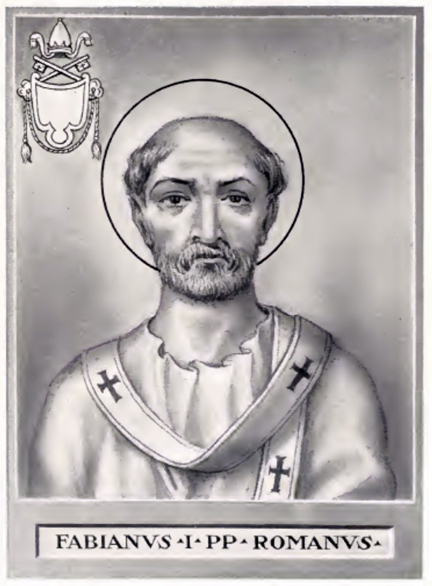
Fabian was buried in the catacomb of Callixtus in Rome. The Greek inscription on his tomb has survived, and bears the words:
Fabian, Bishop, Martyr.
His remains were later re-interred at San Sebastian’s Outside the Walls, (appropriately, for these two Martyrs share today as their Memorial) by Pope Clement XI where the Albani Chapel is dedicated in his honour.
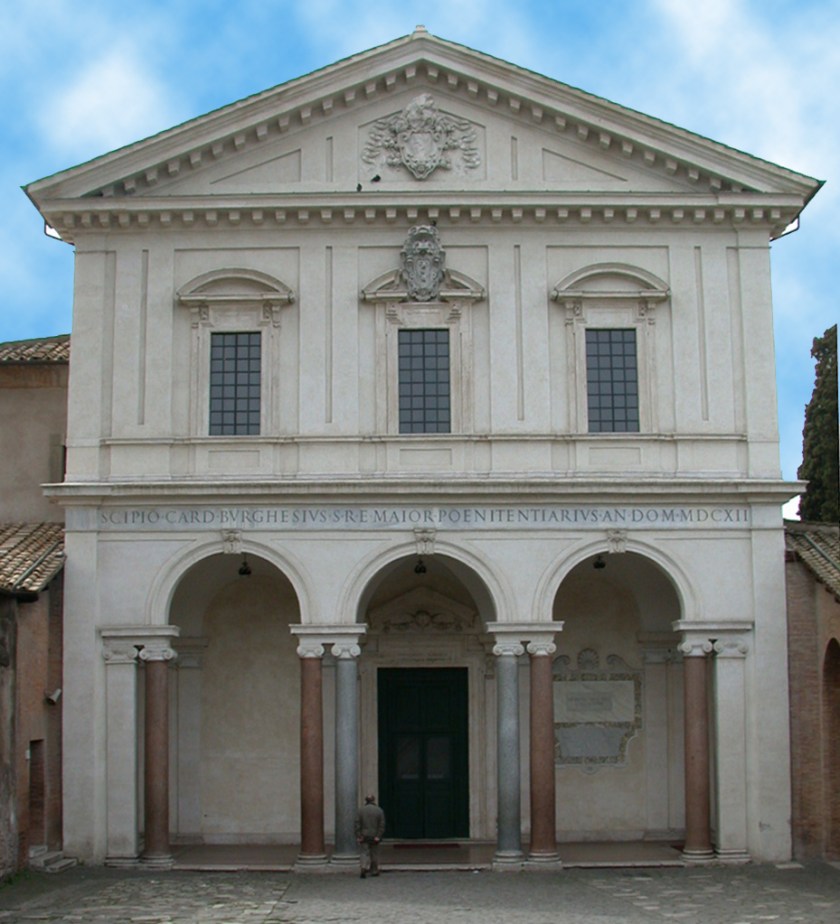
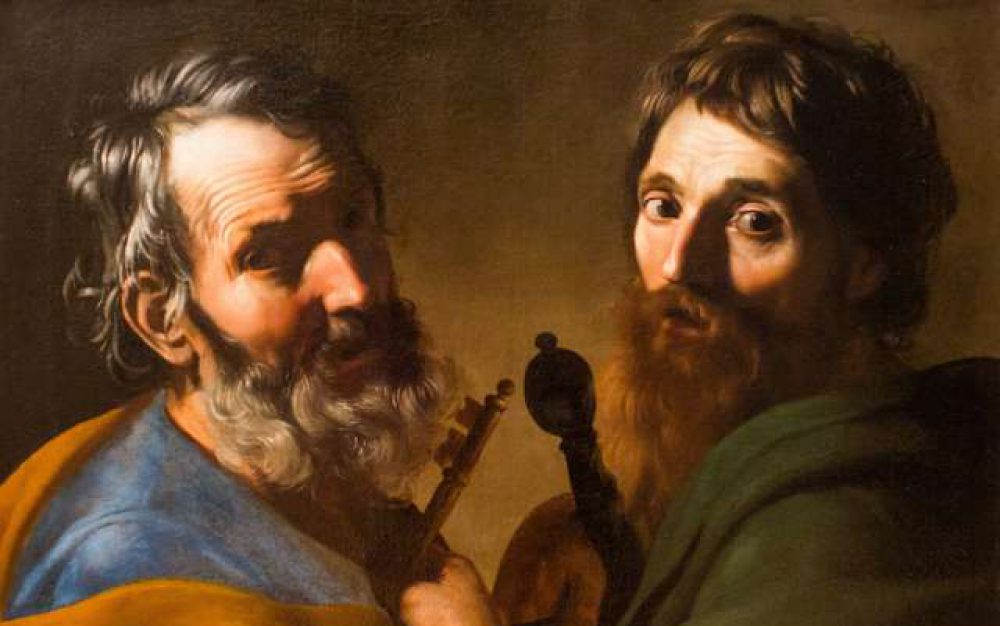
5 thoughts on “Saint of the Day – 20 January – St Pope Fabian (c 200 – c 250) Martyr”